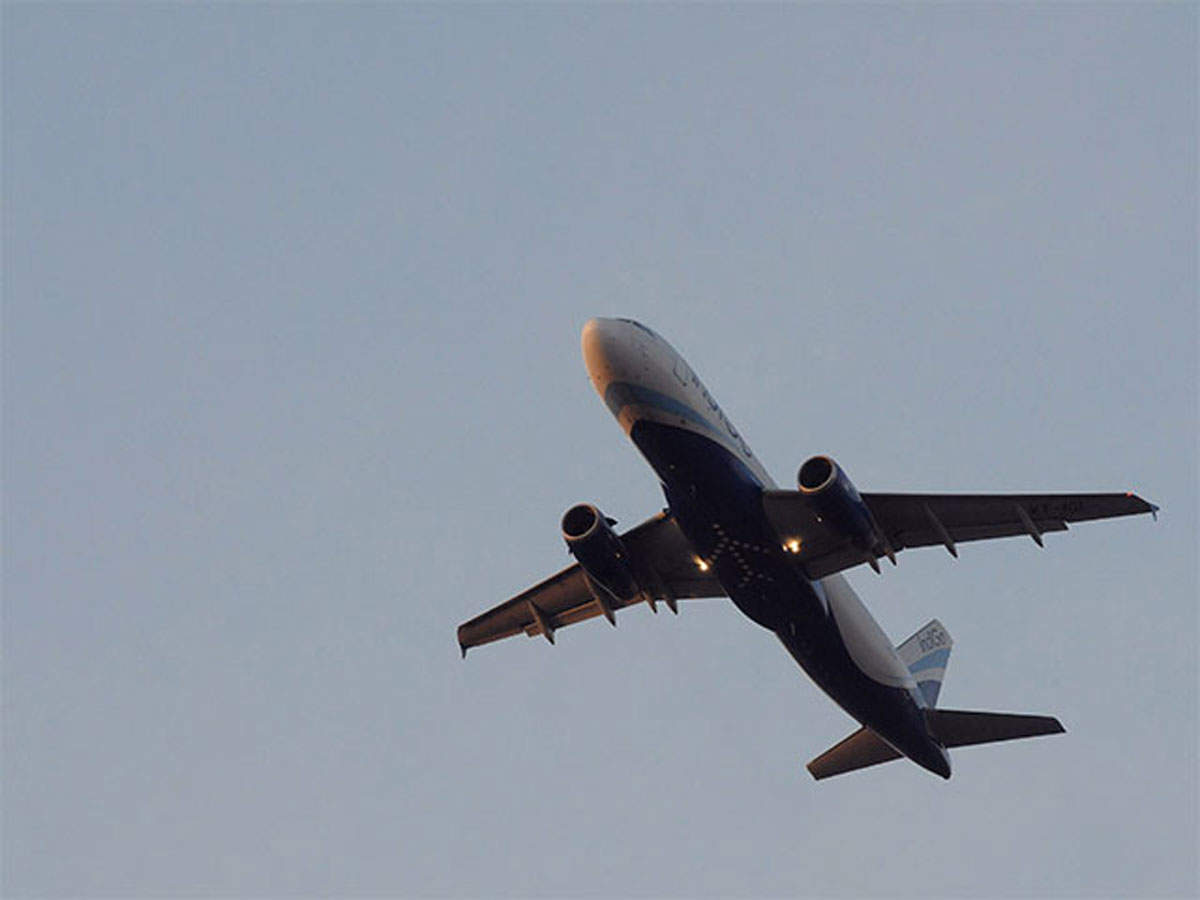INSUBCONTINENT EXCLUSIVE:
Mumbai: Domestic airlines are projected to post the steepest losses in a decade in the current fiscal year owing to higher aviation fuel
costs and falling rupee, rating agency Crisil said in a report Thursday.
Pitching for a 12 per cent hike in airfares to offset the increased
costs, the report also forecast debt liability of three listed airlines to go up by 10 per cent by FY19.
At present, full service carriers
Jet Airways and budget airlines SpiceJet and IndiGo are listed on bourses
They account for 71 per cent of the total passenger traffic.
Aviation turbine fuel (ATF) accounts for 35-40 per cent of the total cost of
airlines, while aircraft, engine rentals and maintenance costs, which are denominated in US dollars, together account for another 30-35 per
cent of the costs, as per Crisil.
"At an estimated Rs 9,300 crore, the industry's losses at EBIT (earnings before interest and tax) level
would surpass the Rs 7,348 crore blow it was dealt in fiscal 2014
That was followed by three good years through fiscal 2018, when carriers reeled in aggregate profit of Rs 4,000 crore on average at the EBIT
level," the report said.
Noting that the ATF prices are expected to average 28 per cent higher on-year compared with FY18, the report said
such a hike will have significant impact on the airlines' balance sheets.
The government has taken some measures to support the industry by
lowering the excise duty levied on ATF by 300 basis points to 11 per cent, but this will not materially curb the losses, it said.
On the
other side, the rupee has depreciated 13 per cent against the dollar since March, which is expected to dealt a severe blow to the domestic
airlines' financials, Crisil said.
"Almost two-thirds of an airline's cost, and therefore profitability, is susceptible to fluctuations in
forex rates and ATF prices," said Sachin Gupta, senior director, Crisil Ratings.
He said to offset the increase in operating cost, the
industry will have to hike average fares by 12 per cent, assuming there is no change in the passenger load factor (PLF) or seat factor.
"But
the aggressive expansion plans of carriers and the race to maintain high PLFs will keep competitive intensity high and limit their ability
to increase fares," he added.
Observing that the PLFs are highly sensitive to fares, the report said that in the past three fiscals, benign
ATF prices helped airlines keep fares stable.
"Despite annual capacity growth of 15 per cent in the past three fiscals, PLFs increased
because passenger growth was faster at 18 per cent," the agency said.
Another headwind to fare hike is the significant fleet addition
planned in the near-term, which will lead to capacity addition of over 20 per cent, as per the report.
Such a sharp increase in supply will
keep the competitive intensity high and will constrain the ability of carriers to undertake fare hikes to pass on the increase in operating
costs fully, the report said.
This was evident in the first quarter of FY19 when despite a 12 per cent rise in ATF prices, only one of the
three listed players was able to increase yields, and that, too, by just 4 per cent, it added.
Furthermore, the depreciation in the rupee
will translate into higher debt liability.
"Airlines have sizeable foreign currency debt, while their revenues are largely earned in rupees
With around 73 per cent of their debt denominated in foreign currency, the debt liability of the three listed airlines will go up by 10 per
cent this fiscal," said Nitesh Jain, director, Crisil.
The agency in its report also said that the profiles of airlines will remain under
pressure over near-to-medium term on account of significant increase in operating cost and limited ability to pass on cost increases to
customers because of intense competition

